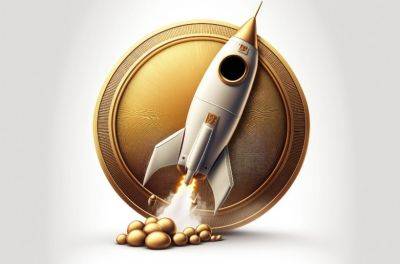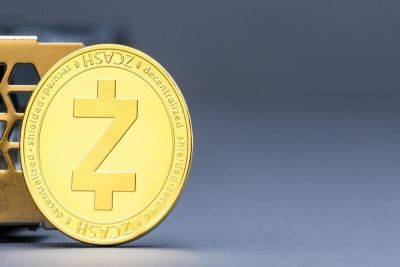Circle launches 'bridged USDC standard' for deploying to new networks
Circle has launched a new standard to streamline the process of launching its stablecoin, USDC, on new networks, according to a Nov. 21 blog post.
The new “bridged USDC standard” allows developers to launch the token through a two-phase process. In the first phase, the third-party developer has control of the token contracts, and the token on the new network is backed by a native version on another network. In the second phase, Circle takes control of the contracts, and the token becomes backed directly by Circle’s reserves. The second phase may not occur with all deployments.
Introducing Bridged USDC Standard, a new way to expand access to $USDC & reduce fragmentation.
EVM blockchain & rollup teams can now deploy a bridged USDC token contract with optionality for Circle to seamlessly upgrade to native issuance in the future.https://t.co/suSgllMQoQ
According to the post, the token produced in the first phase will be “unofficial and not issued nor redeemable by Circle,” but will serve “as a proxy to USDC that’s extensible to any ecosystem where bridging is made possible.” If Circle and the third-party developer later decide they want to make the token official, they can “seamlessly upgrade to native issuance in the future.”
Circle said it's releasing the standard to eliminate the need for “migrations,” where users must swap an unofficial version of USDC for an official version after it becomes available. If developers use the new standard, migrations should become unnecessary, as it allows the unofficial tokens already held in a user’s wallet to become official.
The standard’s Github documentation requires developers to use a bridge with upgrade functionality for specific functions and refrain from upgrading the bridge once
Read more on cointelegraph.com




















